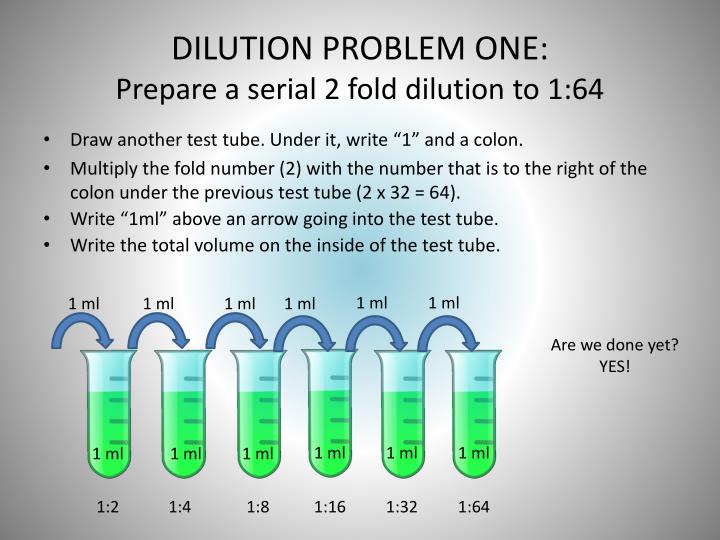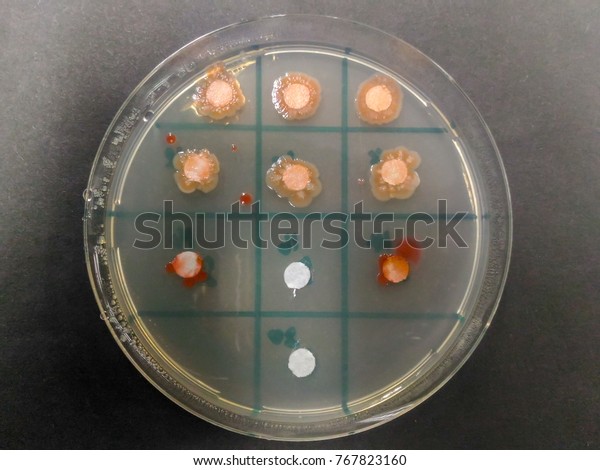2 Fold Serial Dilution

- 2 Fold Serial Dilution Examples
- 2 Fold Serial Dilution Calculator
- 2 Fold Serial Dilution Example
- 2 Fold Serial Dilution Method
2 Fold Serial Dilution Examples
Solution 2 Remember that serial dilutions are always made by taking a set quantity of the initial dilution and adding it successively to tubes with the same volume. So you multiply each successive dilution by the dilution factor. You would transfer 0.2 mL from Tube 1 to 3.8 mL of diluent in Tube 2 and mix. /deutz-f4l912-manual-download.html. The accuracy ratio is an average of the concentration of the diluted column compared to the previous column—a perfect serial dilution has an accuracy ratio of 1:2.00 across the entire plate.
thankyou :)
Whereas serial dilution is the stepwise dilution of a substance in solution. Usually the dilution factor at each step is constant, resulting in a geometric progression of the concentration in a logaritmic fashion. A ten-fold serial dilution could be 1 M, 0.1 M, 0.01 M, 0.001 M. Edited October 3, 2014 by Wrynn.
- A serial dilution is the dilution of a sample, in 10-fold dilutions. As shown in the illustration below, it begins when 1 mL of the bacterial sample is added to 9 mL, and it is mixed together (creating a 10-1 dilution). Then, 1 mL from that mixture is added to 9 mL, and it is mixed together (a 10-2 dilution).
- As another example, a 2-fold dilution is the same as a dilution factor of 2. Therefore, dilution by any factor X is equivalent to X-fold dilution. Please note that the dilution factor calculator below uses the metric unit for volume (fL, pL, nL, μL, mL, and L).
2 Fold Serial Dilution Calculator

2 Fold Serial Dilution Example
-2 Fold Serial Dilution Method
So first you had 1 x 10^8 per ml
in the 2x dilution, you have 0.5 x 10^8 per ml = 5 x 10^7 per ml
in the 4x dilution, you have 0.25 x 10^8 per ml = 2.5 x 10^7 per ml
in the x8 dilution, you have 0.125 x 10^8 per ml = 1.25 x 10^7 per ml
and so on..